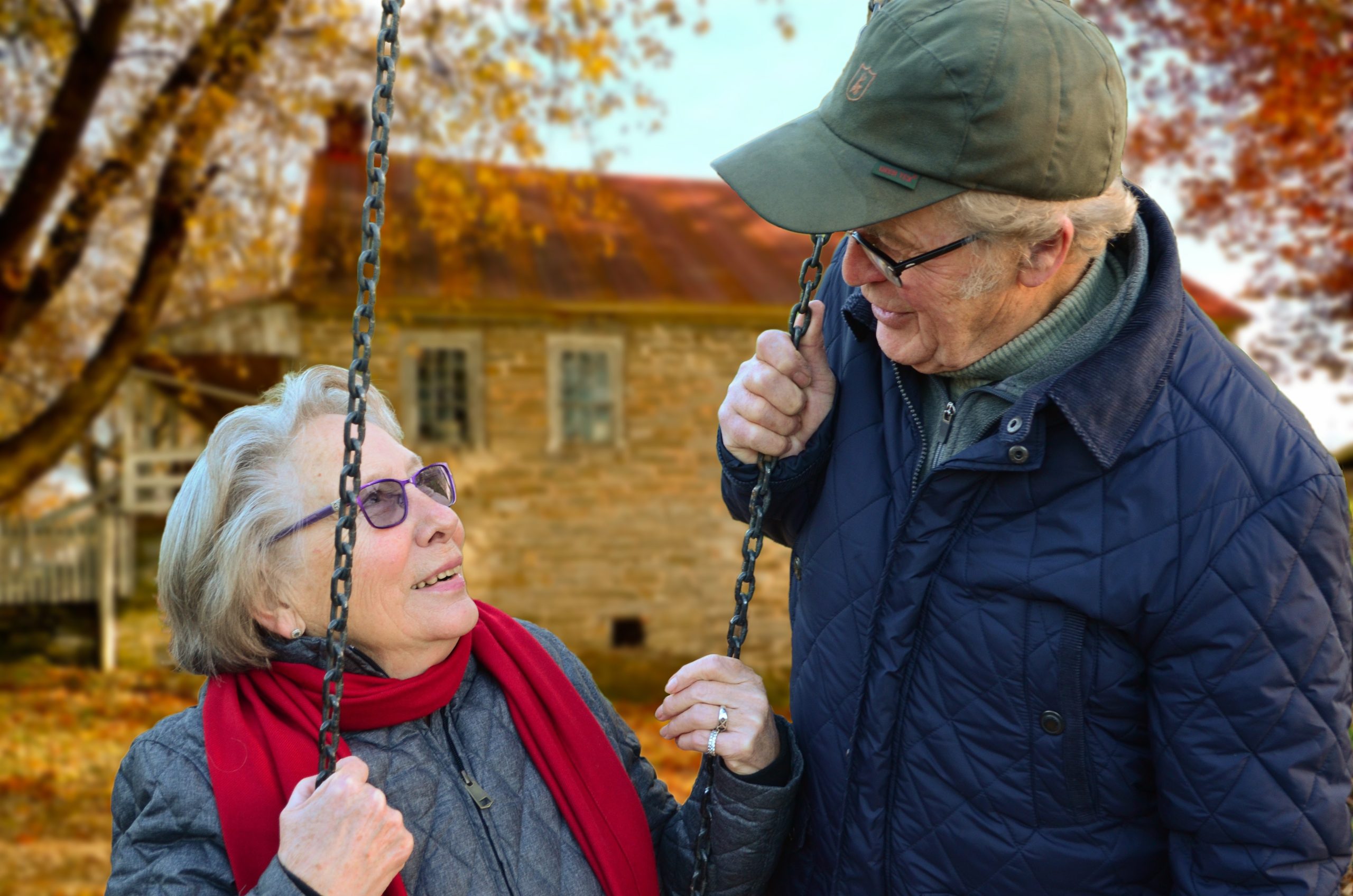Understanding the Basics of Reverse Mortgages: A Comprehensive Guide

The image is not directly related to the article. It merely symbolizes the life of elderly people.
Understanding the Basics of Reverse Mortgages: A Comprehensive Guide
A reverse mortgage is a type of loan that allows homeowners to convert a portion of their home equity into cash. Unlike traditional mortgages, where homeowners make monthly payments to the lender, with a reverse mortgage, the lender makes payments to the homeowner. This can be an attractive option for retirees who want to supplement their income or cover unexpected expenses.
How does a reverse mortgage work?
In a reverse mortgage, the homeowner receives funds from the lender, either in a lump sum, a line of credit, or monthly payments. The loan amount is based on factors such as the homeowner’s age, the value of the home, and the interest rate. The loan is repaid when the homeowner moves out of the home, sells the property, or passes away. The repayment is typically made through the sale of the home, with any remaining equity going to the homeowner or their heirs.
Who is eligible for a reverse mortgage?
To be eligible for a reverse mortgage, homeowners must be at least 62 years old and have significant equity in their home. The home must also be their primary residence. Credit history and income are generally not factors in determining eligibility for a reverse mortgage. However, homeowners are still responsible for paying property taxes, homeowners insurance, and any maintenance or repairs on the home.
What are the advantages of a reverse mortgage?
One of the main advantages of a reverse mortgage is that it provides homeowners with a source of tax-free income. The funds can be used to cover living expenses, medical costs, home improvements, or any other financial needs. Another advantage is that reverse mortgages are non-recourse loans, meaning that the homeowner or their heirs will never owe more than the value of the home, even if the loan balance exceeds the home’s worth.
What are the potential risks of a reverse mortgage?
While reverse mortgages can be beneficial, there are also potential risks to consider. One risk is that the loan balance can increase over time due to interest charges and fees, which can eat into the homeowner’s equity. Additionally, if the homeowner fails to meet the obligations of the loan, such as paying property taxes or maintaining the home, the lender may have the right to foreclose on the property. It’s important for homeowners to carefully consider the terms and conditions of a reverse mortgage before proceeding.
How can I apply for a reverse mortgage?
To apply for a reverse mortgage, homeowners can contact a reputable lender that specializes in reverse mortgages. The lender will assess the homeowner’s eligibility and provide information about the loan options available. It’s important to compare offers from different lenders and carefully review the terms and costs associated with each loan. Homeowners should also consider seeking guidance from a financial advisor or housing counselor to ensure they make an informed decision.
The image is not directly related to the article. It merely symbolizes the life of elderly people. Understanding the Basics of Reverse Mortgages: A Comprehensive Guide A reverse mortgage is a type of loan that allows homeowners to convert a portion of their home equity into cash. Unlike traditional mortgages, where homeowners make monthly payments…
Recent Posts
- Empowering Caregivers: The Best Online and Offline Resources to Enhance Your Skills
- Traveling with a Purpose: The Rise of Volunteer Vacations
- Breaking Stigma: Dispelling Myths about Mobility Aids and Disability
- Avoiding Probate: How Trusts Can Simplify the Estate Settlement Process
- Senior Citizens Beware: Common Financial Scams and How to Stay Protected

